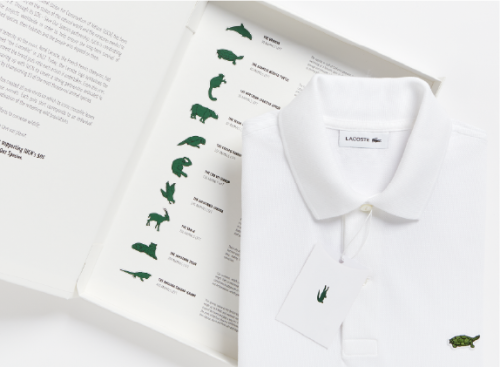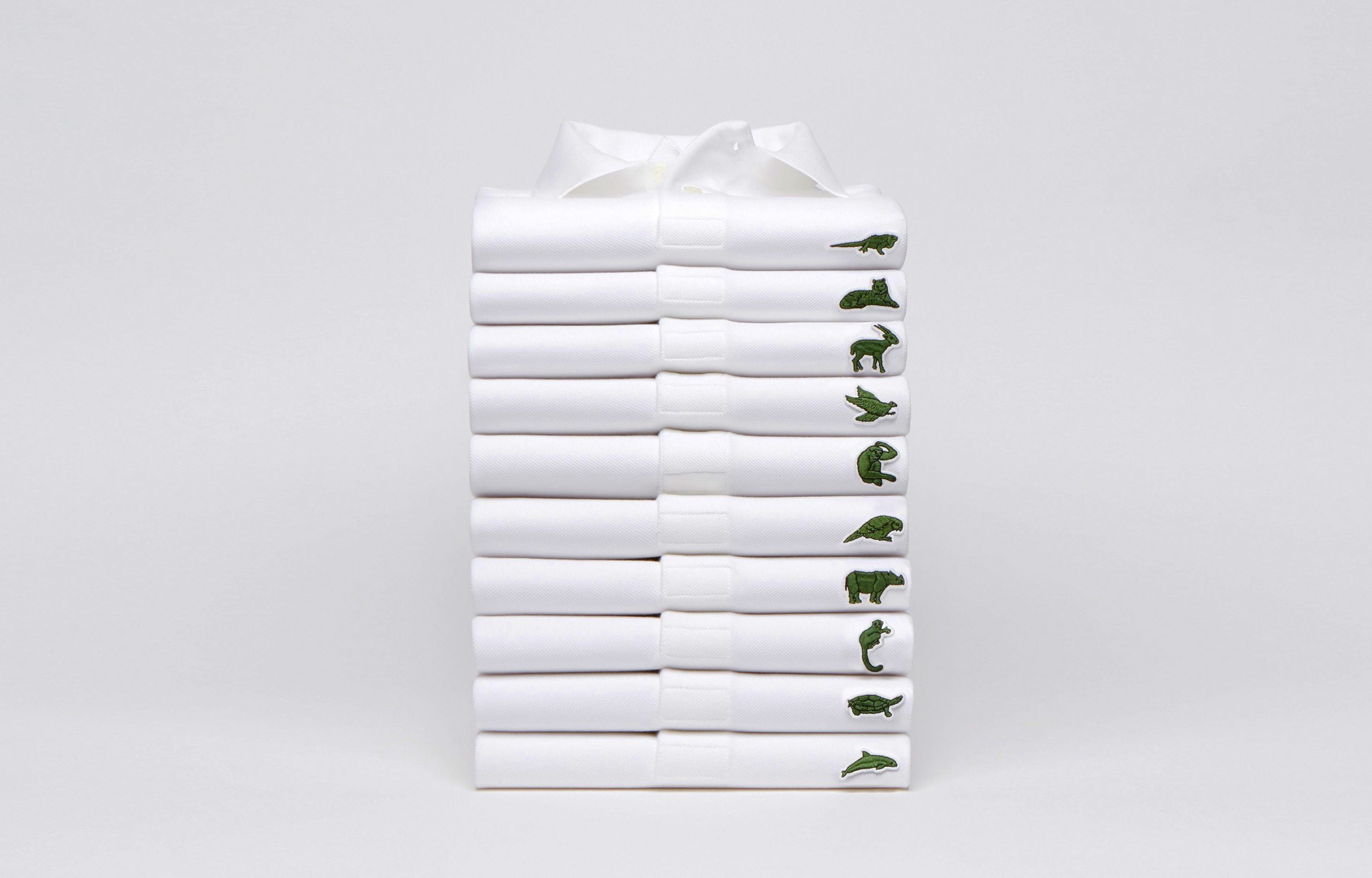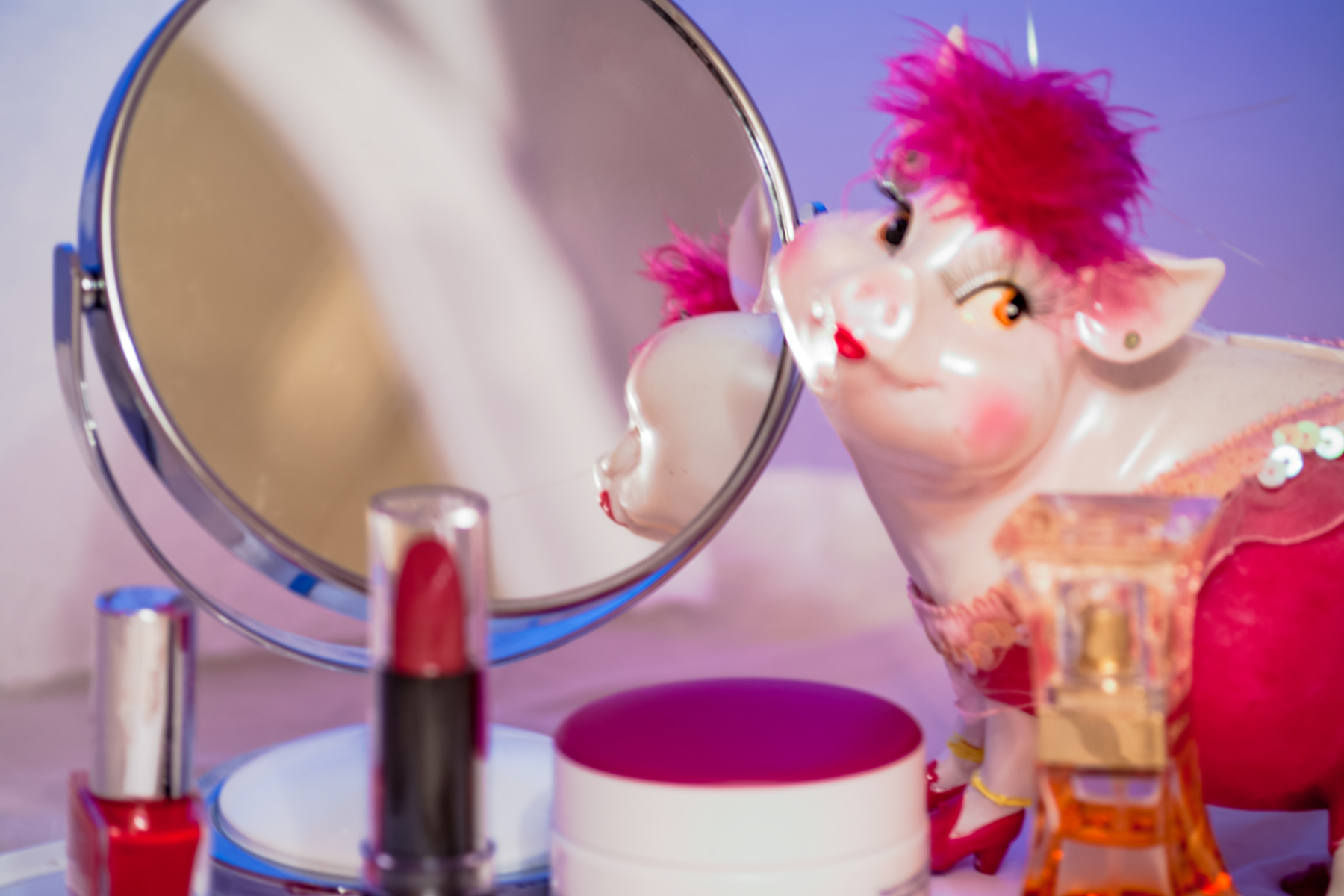In case you missed it last month, we took a look at sustainability and why it should be at the heart of your brand strategy. You can read that here. In brief, being a sustainable business is about a whole lot more than cycling to work and putting things in the correct bins. Sustainability for brands is being ethical in everything that you do, striving for consumer and employee wellbeing, delivering economic value, and looking after the environment.
When it comes to actions, this can be fairly subjective depending on what kind of business or brand that you are. More formalised programmes such as B Corp exist to help guide businesses to becoming a force for good. But when it comes to marketing your business sustainably, or engaging in sustainability marketing, where do you start? What does it look like?
In today’s blog we’re looking at brands who’ve tackled sustainability head-on and set a great example not only in terms of execution, but sincerity too. If you’re new here, you’ll know that sincere and honest branding is what we’re all about. It’s particularly vital when dealing with such important commitments such as being a sustainable brand or offering a sustainable service.
Before we dive in, let’s take a moment to understand the purpose of a sustainable marketing campaign. The naysayers will have you believe that campaigns such as these are simply virtue signalling – brands jumping on a metaphorical bandwagon to appeal to the younger demographic who typically align themselves with brands who engage with topics such as climate change, global warming and net zero.
In reality, many of the brands engaging in sustainable campaigns have made clear their views on the world, people and the environment long before. After all, we live in an age where frauds and fakes are almost immediately called out. ‘Greenwashing’ is sadly prevalent and there are indeed brands engaging in sustainability marketing just ‘for the likes’.
However, brands such as Lego, Apple, Patagonia and Ben & Jerry’s have a long history of social action. They are now simply acting upon the science and research that is undeniably pointing towards global warming, and using their platforms to not only spread a message, but demonstrate the changes they’re making in their own operations to make the world a better place.

Patagonia: ‘Don’t Buy This Jacket’
Iconic? Yes. Revered? We think so. This 2011 campaign started as a full-page ad in the New York Times and was a direct comment on the excessive consumerism seen in fashion and other industries. Several paragraphs gave readers insight into just how intensive the garment-making process can be. Even with an eco-conscious approach to manufacturing, 130 litres of water were required to produce just one jacket.
So what’s the message here? Are they really telling you not to buy their product? Well, yes and no. The ‘Ronseal’ side of the campaign certainly discourages you from running out to buy a new jacket unless you really need one. But on the other hand, we are being told to ‘buy better’. And here lies the marketing: Patagonia’s ‘Common Threads’ initiative, broken down as ‘reduce, repair, reuse, recycle’.
By purchasing a higher quality product (with undoubtedly a higher price point), we are reassured that the garment is not only manufactured with the environment and people in mind, but it will last longer and be repaired should it become damaged. The brand even goes one step further and re-sell clothing made from recycled Patagonia gear.
This impressive effort combined with their history of activism around racism, equality and even politics, puts Patagonia front of mind when we think of brands truly walking the walk when it comes to sustainability.

Lacoste: Save our Species
Whilst wildly impressive, Patagonia’s campaign certainly won’t win any design awards. On the other hand, Lacoste’s efforts to raise awareness of endangered species is exactly the kind of creativity that we like to see.
Known for their familiar crocodile motif—a small, green, embroidered logomark—the brand ‘disappeared’ the croc and replaced it with turtles, lemurs, rhinos, condors, tigers and more – still in the familiar forest green colourway.
These polo shirts were limited, and all proceeds were donated directly to the preservation of each species. Whilst this is a superb and commendable example of sustainability marketing, it’s more specifically known as ‘cause marketing’, which has since become a pivotal part of many organisations’ brand strategy.
This brand-centric approach to campaigning is a true example of sustainability marketing. It’s rare to see brands changing their logomark in such a distinct way. Of course, many brands add LGBTQIIA colours to their social media icons, but in recent years this movement has drawn criticism from campaigners who want to see more than just a 30-day ‘social media takeover in order to drive cultural change
Lacoste have put their money where their mouth is and raised awareness of causes many of us may not have even been aware of at all. Their no frills campaign puts funds directly where they’re needed and the ‘limited run’ is a strong example of scarcity marketing. Great work.

Pokemon Go: Earth Day Cleanup
Arguably, the first two examples don’t require much of a response from the consumer. Simply by a garment, or don’t. That’s why this 2018 campaign from Pokemon Go’s creator, Niantic, really stands out to us.
Partnering with 46 non-profit organisations around the world, the game developer encouraged volunteers to take part in 41,000 hours of litter picking, resulting in a staggering 145 tonnes of rubbish being collected from streets and parks.
Pokemon Go is a mixed reality game in which users hunt ‘species’ via their smartphone’s camera along with its GPS and map capabilities. Users are already outdoors and active, as a basic requirement of the game. By mobilising their fanbase for a good cause, Niantic were able to make a huge difference to countless public areas all over the world, as well as engaging with a young-middle-aged audience on a particular environmental issue. Players worked in groups of upto 2,500 people and were rewarded with in-game achievements.
This ‘guerilla’ style campaign is a tremendous example of integrating an important cause seamlessly into an existing channel. I mean, why wouldn’t you want to take part if you’re already a Pokemon Go player?
The campaign was such a success that it has been repeated for multiple years, and we hope to see this continue, and for other brands to take note of what you can achieve on a community level.
Honesty is the best policy
Of course, everything we’ve looked at here will have had a sizeable budget. But the essence of these campaigns and the message behind them is something that can be applied to a business of any size. Whether that’s taking a more sustainable view on how your brand is positioned against the competition, diverting funds to direct action, or bringing your customers together to make a change, a lot can be done without the need for big, brash, bold campaigns. It’s the sincerity that counts, and it’s what lands with audiences most of all.
The final and perhaps most important point to consider here harks right back to our core Journey message of ‘honest brands’. To appear to be sustainable, you must of course be sustainable. Change starts at the core of your business – NOT in your marketing. You can’t shout from the rooftops when there’s skeletons in your basement, so do your internal work first, and only then you can start to think about talking about sustainability externally and making it a part of your brand.
Where to begin? Start by measuring, researching and understanding. Where do you stand as a business? What do your emissions look like? What kind of work are you doing and what impact does that have on the world? What does a good client/good supplier look like to you? How do you support not only your own staff, but the community too?
These questions are just the tip of the iceberg, but for businesses with a desire to make a genuine change, they need to be answered. These are also questions you’ll need to answer should you ever consider becoming a certified B Corporation, and if that’s not on your roadmap any time soon, it’s still a great framework to follow.
After all, who wants to be an unsustainable business?
back to all news or you may also be interested in the news below:
TWEET OR TWO
To ensure you stay in the loop and receive our news, updates and general musings hot off the press, follow us on Twitter now. We promise not to bombard you!
Sustainability. That’s walking to work in the morning and turning the lights off when you leave, right? Well, not quite. In fact, sustainability stretches far beyond being an eco-conscious company. The sustainability movement is just as much about people, culture, wellbeing and society as it is about carbon and recycling.
Let’s start big. A great overview of the entire topic is the UN’s Sustainable Development Goals. It’s worth taking some time to read them because not only do they break it down into singular steps that are easier to understand, but they give a clear overall message that we can all get behind: Sustainability is making the world a better, safer and more equal place to live.
Why is sustainability important to brands?
Being environmentally conscious is nothing new. Every single one of us has at some point considered our impact on the world, and what changes we can introduce to our own lives to make it a better place. That might be something as small as using a ‘bag for life’ or something as big as fitting solar panels to your home.
But remember, we’re talking about more than plastic usage and green energy when we talk about sustainability. Today’s brands are not only incorporating wider social and environmental action into their external marketing, but their internal culture too.
A recent study from Stanford University showed that 67% of business school students want to see sustainability incorporated into their future roles. It’s clear that employees and customers alike are starting to vote with their feet when it comes to where they want to work or shop. Companies and brands seen to be standing still will ultimately be shunned for organisations who are making clear steps towards being a more sustainable entity.
For arguably the first time in history, we are seeing a combination of moral responsibility and human desire radically changing the way that businesses operate. So what are we saying here? What is the bigger picture if it’s not being a cleaner, greener company?
Being a sustainable business is:
- Being ethical in everything that you do
- Striving for consumer and employee wellbeing
- Delivering economic value
- Looking after the environment
- Being inclusive, diverse and accessible
- Understanding and following governance
- Building a business to last
Habits are changing. What can brands do about it?
Let’s start from the top. Using the list above or the UN’s Sustainable Development Goals, find out how you score. Examine your business and be super critical and mega analytical. How and where do you recruit? What have you been doing to reinvest in the local community? What kind of suppliers do you use? How do you support those with accessibility issues or disabilities? Are you offsetting your carbon?
By beginning with measurement, you can begin to see where the gaps are. Only then can you set targets. Some of these may be something as tangible as providing more space for bikes so that more of the team may cycle to work. Others might be supporting local causes in the community, or engaging in a reforestation scheme via someone like Ecologi.
Shout about it, but do it because you mean it
You can be forgiven for being a little jaded when it comes to big companies doing things ‘for good’. Let’s take Amazon for example. Switching their packing tape to one that’s entirely recycled is great. Giving workers on 12 hour shifts just a couple of bathroom breaks is not great. It’s a grotesque comparison but it’s real and it’s called greenwashing.
This is why it’s important that sustainability runs through your entire business like a thread. It’s holistic by nature, so it’s no good implementing one thing whilst failing at another. Customers will sniff out irregularities just like this, so bake your sustainability message and actions into your brand and marketing, and do it with sincerity. Do it because you want to do it, not because you feel you have to.
Any business should be a force for good. That’s surely why you started your company in the first place. Part of being a force for good, whether you manufacture products or provide legal services, is doing good.
And that’s where we find ourselves full circle. Sustainability at its very core, is doing good.
Getting started
If you’re still head scratching by this point, we’ve got a few pointers. First up, take a look at a couple of higher profile companies and what they are doing in terms of sustainability.
Patagonia will repair any piece of damaged clothing that you send back to them, as long as it has their name on it. This is a great example of supporting a circular economy and moving us away from the relentless forward march of fast fashion consumerism.
Ben & Jerry’s, despite being majority owned by Unilever, still take an activist stance against social injustice, inequality and environmental issues,
You’ll notice that that these two examples aren’t so much about the company itself (of course, they do the basics like turn the lights off, offset their emissions and such like), but instead, they are investing time, money and effort into figuring out what they can do to improve the longevity of a sale, or how they can lend their voice to changing the world. It’s an outward effort to improve people’s experiences in the world.
What if I’m a small brand?
A sustainable brand has meaning and purpose no matter what its size. A brand can be perceived as sustainable by credibly conveying its benefits in the smallest of ways. Perhaps it’s a percentage of all sales being donated to a good cause, a great example shown from our client Wilson Partners who do this through the B1G1 initiative. Another client of ours, Carless + Adams, recently produced a white paper to start some overdue conversations about sustainability in the care sector.
It can be more straightforward approaches too, such as simply switching to a fully remote working model. Or maybe it’s a live Ecologi dashboard so customers can keep up with your reforestation efforts — small things on their own but collectively they can make an enormous difference.
It’s more than just a warm feeling
It’s human nature to feel good after doing good. Why wouldn’t you want that fuzziness floating in and around your brand each and every day? In addition, you’re building trust and empathy with your audience. Customers will look at you and your efforts and favour you over the brand next door that hasn’t given sustainability a second thought.
Doing good is good for business.
It’ll give you more than just a warm feeling.
You can make the world a better place.
We’d like to talk more about sustainability over the coming months. We have some great examples of how our clients are progressing on their own sustainability journeys, so be sure to keep an eye on our blog and social feeds.
See you next time.
back to all news or you may also be interested in the news below:
TWEET OR TWO
To ensure you stay in the loop and receive our news, updates and general musings hot off the press, follow us on Twitter now. We promise not to bombard you!




